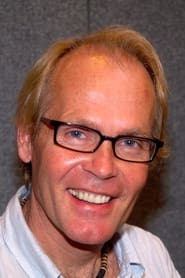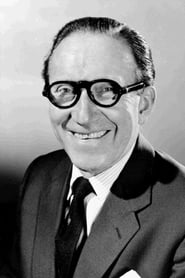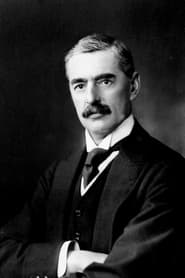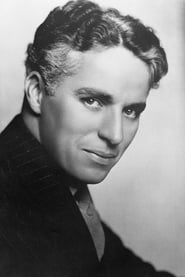
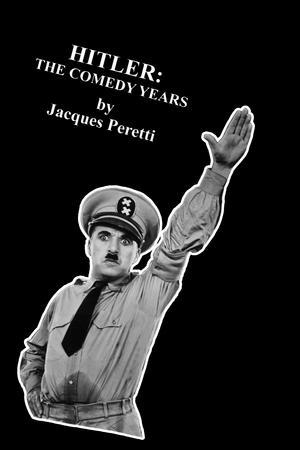
Hitler: The Comedy Years(2007)
A documentary about the portrayal of Adolf Hitler in popular culture.


Movie: Hitler: The Comedy Years
Top 10 Billed Cast
Self

Hitler: The Comedy Years
HomePage
Overview
A documentary about the portrayal of Adolf Hitler in popular culture.
Release Date
2007-05-10
Average
5
Rating:
2.5 startsTagline
Genres
Languages:
EnglishKeywords
Recommendations Movies
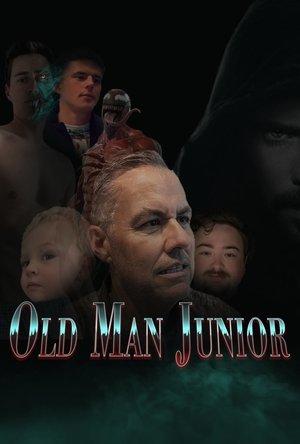 6.9
6.9Old Man Junior(en)
Morbius Jr, now an OId Man, is nearing the end of life, when he finds the last hope for all Morbkind. However, as he fights to protect the future of Morbheads, he finds himself facing off against an unlikely of enemy... HIMSELF.
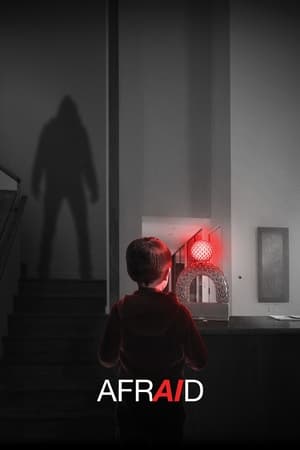 6.0
6.0Afraid(en)
Curtis Pike and his family are selected to test a new home device: a digital assistant called AIA. AIA observes the family's behaviors and begins to anticipate their needs. And she can – and will – make sure nothing – and no one – gets in her family's way.
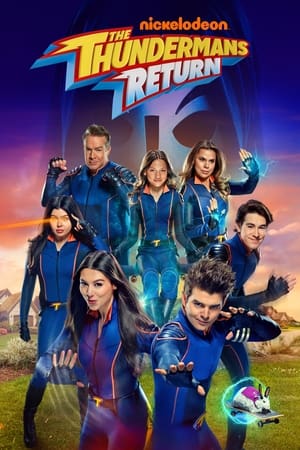 6.9
6.9The Thundermans Return(en)
Twins Phoebe and Max are enjoying their superhero lifestyle, but when one 'save' goes awry, the Thundermans are sent back to Hiddenville. While Hank and Barb enjoy their return, and Billy and Nora look forward to a normal high school life, Max and Phoebe are determined to regain their superhero status.
 7.3
7.3The Little Guy(en)
Groot discovers a miniature civilization that believes the seemingly enormous tree toddler is the hero they’ve been waiting for.
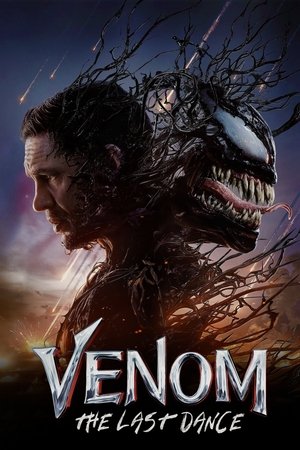 6.7
6.7Venom: The Last Dance(en)
Eddie and Venom are on the run. Hunted by both of their worlds and with the net closing in, the duo are forced into a devastating decision that will bring the curtains down on Venom and Eddie's last dance.
 7.5
7.5Sonic the Hedgehog 2(en)
After settling in Green Hills, Sonic is eager to prove he has what it takes to be a true hero. His test comes when Dr. Robotnik returns, this time with a new partner, Knuckles, in search for an emerald that has the power to destroy civilizations. Sonic teams up with his own sidekick, Tails, and together they embark on a globe-trotting journey to find the emerald before it falls into the wrong hands.
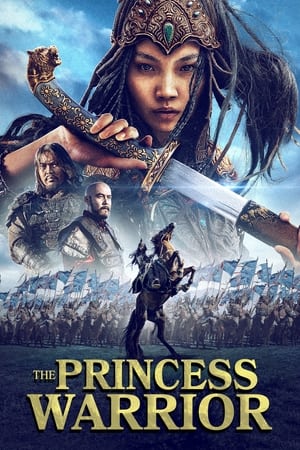 7.1
7.1The Warrior Princess(mn)
Princess Khotulun is the daughter of Haidu Khan of the Ugudei dynasty. The film tells the story of Princess Khotulun, the son of Kublai Khan, known in Western and Eastern history as a wrestling princess, and her struggle to reclaim her Golden Sutra.
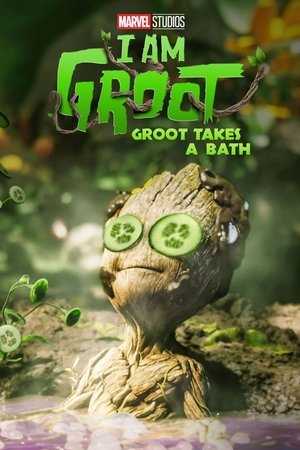 7.1
7.1Groot Takes a Bath(en)
Everybody needs some alone time to relax and wash up, but things go quite differently when you’re a Flora Colossi toddler.
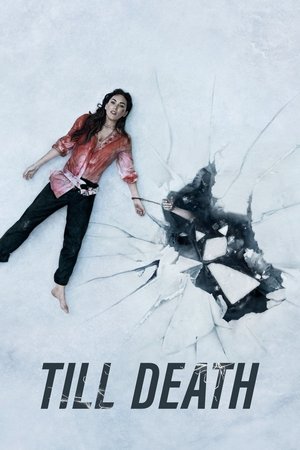 6.7
6.7Till Death(en)
After a romantic evening at their secluded lake house, a woman wakes up handcuffed to her dead husband. Trapped and isolated in the dead of winter, she must fight off hired killers to escape her late spouse's twisted plan.
Pain(en)
Dad catches a ball badly, injuring his finger. His guttural scream instantly hushes the entire sports complex. Sarah is paralysed. She barely recognises him; red faced, clutching his hand and crying. In the sanctuary of the locker changing rooms, Sarah explores and tests theories about what has happened with her Dad. She questions who her father is while struggling to grasp the concept of pain, both inside and out. Having found an apparent conclusion, Sarah returns to an apologetic Dad, and decides to put his promises to the test.music:Annette Focksproducer:Tobias Rosen, Heike Wiehle-Timmproduction:Relevant Film, Warner Bros Entertainment Germanybacking:Deutscher Filmförderfonds (DFFF) (DE), Schleswig-Holstein Film Commission (DE), Filmförderungsanstalt (FFA)(DE)distributor:Warner Bros Entertainment Germany
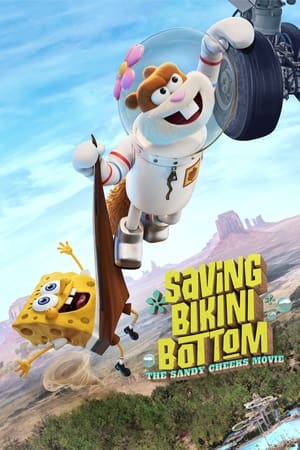 6.0
6.0Saving Bikini Bottom: The Sandy Cheeks Movie(en)
When Bikini Bottom is scooped from the ocean, scientific squirrel Sandy Cheeks and her pal SpongeBob SquarePants saddle up for Texas to save their town.
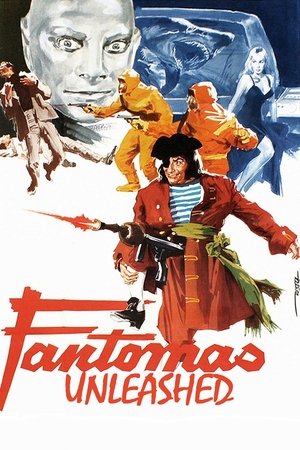 6.8
6.8Fantomas Unleashed(fr)
In the second episode of the trilogy Fantômas kidnaps distinguished scientist professor Marchand with the aim to develop a super weapon that will enable him to menace the world. Fantômas is also planning to abduct a second scientist, professor Lefebvre.
 7.0
7.0Demon Slayer: Kimetsu no Yaiba – The Hashira Meeting Arc(ja)
A recap of Kimetsu no Yaiba episodes 22–26, with new footage and special end credits. Tanjiro and his sister Nezuko have been apprehended by the Demon Slayer Hashira, a group of extremely skilled swordfighters. Tanjiro undergoes trial for violating the Demon Slayer code, specifically smuggling Nezuko, a Demon, onto Mt. Natagumo.
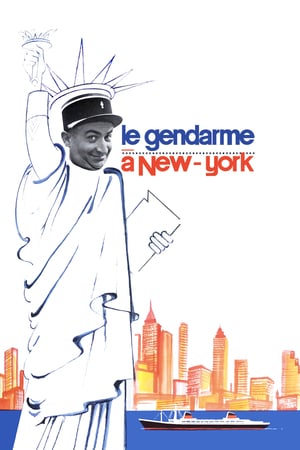 6.3
6.3The Gendarme in New York(fr)
Sergeant Cruchot and his faithful comrades have been sent to the International Congress of Gendarmerie in N.Y.
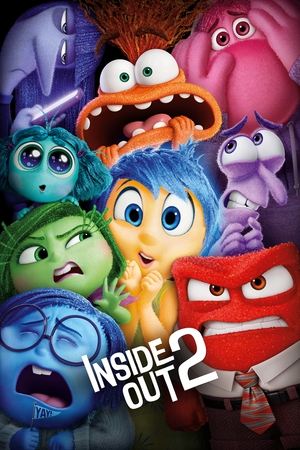 7.6
7.6Inside Out 2(en)
Teenager Riley's mind headquarters is undergoing a sudden demolition to make room for something entirely unexpected: new Emotions! Joy, Sadness, Anger, Fear and Disgust, who’ve long been running a successful operation by all accounts, aren’t sure how to feel when Anxiety shows up. And it looks like she’s not alone.
 8.0
8.0Cruella(en)
In 1970s London amidst the punk rock revolution, a young grifter named Estella is determined to make a name for herself with her designs. She befriends a pair of young thieves who appreciate her appetite for mischief, and together they are able to build a life for themselves on the London streets. One day, Estella’s flair for fashion catches the eye of the Baroness von Hellman, a fashion legend who is devastatingly chic and terrifyingly haute. But their relationship sets in motion a course of events and revelations that will cause Estella to embrace her wicked side and become the raucous, fashionable and revenge-bent Cruella.
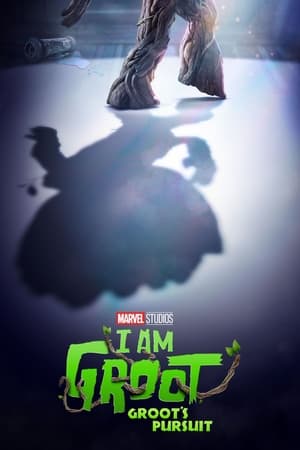 7.1
7.1Groot's Pursuit(en)
Groot investigates a spooky noise that’s been haunting the Quadrant, which leads to an intense dance off.
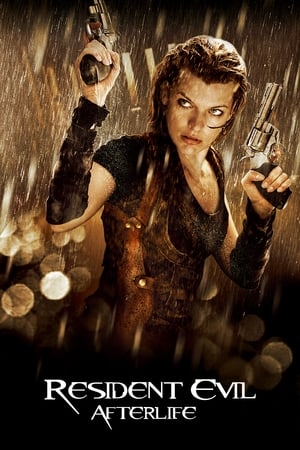 6.1
6.1Resident Evil: Afterlife(en)
In a world ravaged by a virus infection, turning its victims into the Undead, Alice continues on her journey to find survivors and lead them to safety. Her deadly battle with the Umbrella Corporation reaches new heights, but Alice gets some unexpected help from an old friend. A new lead that promises a safe haven from the Undead takes them to Los Angeles, but when they arrive the city is overrun by thousands of Undead - and Alice and her comrades are about to step into a deadly trap.
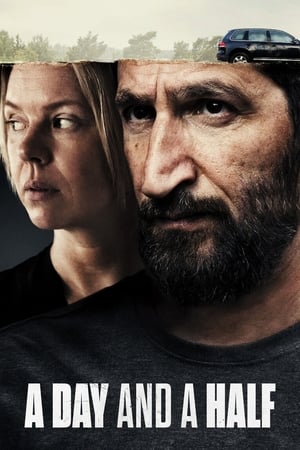 6.3
6.3A Day and a Half(sv)
In a desperate bid to reunite with his daughter, an armed man bursts into the medical center where his estranged wife works and kidnaps her.
 7.3
7.3Magnum Opus(en)
Groot sets out to paint a family portrait of himself and the Guardians, only to discover just how messy the artistic process can be.
Similar Movies
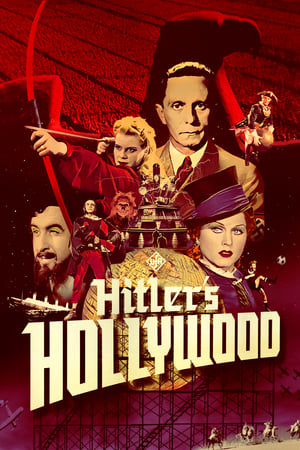 6.4
6.4Hitler's Hollywood(de)
Film journalist and critic Rüdiger Suchsland examines German cinema from 1933, when the Nazis came into power, until 1945, when the Third Reich collapsed. (A sequel to From Caligari to Hitler, 2015.)
 6.1
6.1The Case of Bruno Lüdke(de)
The incredible story of Bruno Lüdke (1908-44), the alleged worst mass murderer in German criminal history; or actually, a story of forged files and fake news that takes place during the darkest years of the Third Reich, when the principles of criminal justice, subjected to the yoke of a totalitarian system that is beginning to collapse, mean absolutely nothing.
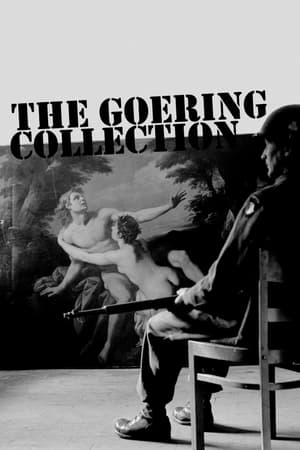 7.3
7.3Goering's Catalogue: A Collection of Art and Blood(fr)
For more than a decade, Reichsmarschall Hermann Goering, Adolf Hitler's right-hand man during the infamous Third Reich, assembled a collection of thousands of works of art that were meticulously catalogued.
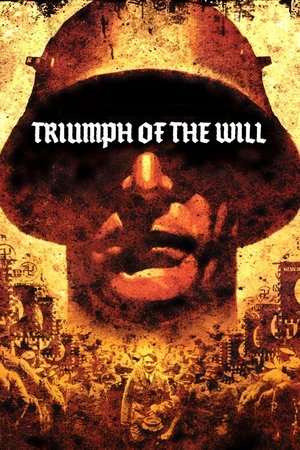 6.9
6.9Triumph of the Will(de)
A showcase of German chancellor and Nazi Party leader Adolf Hitler at the 1934 Nuremberg Rally.
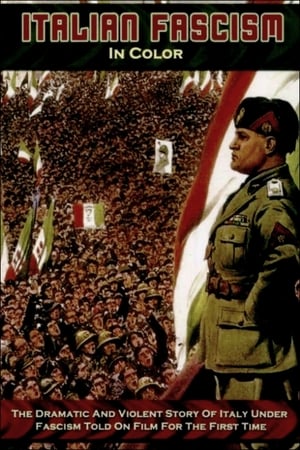 7.5
7.5Fascism in Colour(en)
After the World War I, Mussolini's perspective on life is severely altered; once a willful socialist reformer, now obsessed with the idea of power, he founds the National Fascist Party in 1921 and assumes political power in 1922, becoming the Duce, dictator of Italy. His success encourages Hitler to take power in Germany in 1933, opening the dark road to World War II. (Originally released as a two-part miniseries. Includes colorized archival footage.)
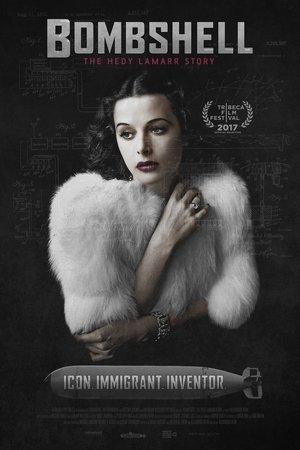 6.9
6.9Bombshell: The Hedy Lamarr Story(en)
The life and career of the hailed Hollywood movie star and underappreciated genius inventor, Hedy Lamarr.
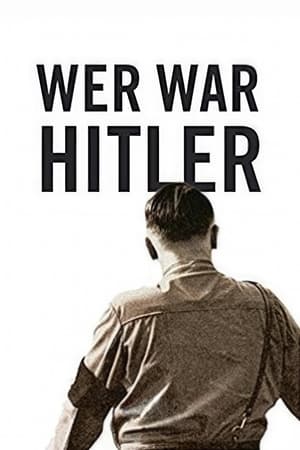 5.7
5.7Who was Hitler(de)
Hitler's biography told like never before. Besides brief historical localizations by a narrator, only contemporaries and Hitler himself speak: no interviews, no reenactment, no illustrative graphics and no technical gadgets. The testimonies from diaries, letters, speeches and autobiographies are assembled with new, often unpublished archive material. Hitler's life and work are thus reflected in a unique way in interaction with the image of the society in the years 1889 to 1945.
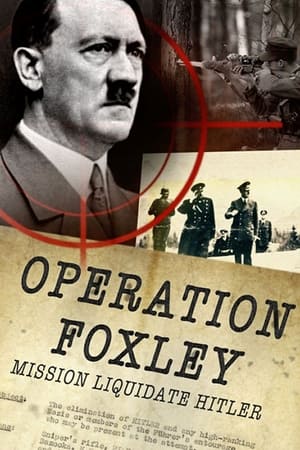 0.0
0.0Operation Foxley: The Assassination of Hitler(fr)
Throughout his time as head of the Nazi party, Adolph Hitler evaded numerous attempts to assassinate him. However the secret Operation Foxely came the closest to succeeding. Based on declassified World War II documents from the British secret service, this award-winning film reconstructs the detailed plan that nearly resulted in the murder of the notorious German Fuhrer, and why it failed.
 7.6
7.6Hitler's Battle Against the Press(de)
As early as 1920, the journalists of the "Münchener Post" recognized the danger posed by Adolf Hitler. Consistently and boldly they wrote about National Socialism. The brave journalists and their newspaper are almost forgotten today. A single book has been published about them - in Brazil.
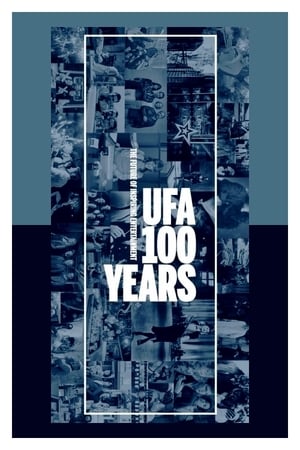 4.5
4.5100 Years of the UFA(de)
The intricate history of UFA, a film production company founded in 1917 that has survived the Weimar Republic, the Nazi regime, the Adenauer era and the many and tumultuous events of contemporary Germany, and has always been the epicenter of the German film industry.
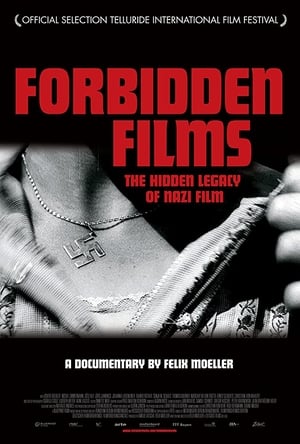 6.5
6.5Forbidden Films(de)
Between 1933 and 1945 roughly 1200 films were made in Germany, of which 300 were banned by the Allied forces. Today, around 40 films, called "Vorbehaltsfilme", are locked away from the public with an uncertain future. Should they be re-released, destroyed, or continue to be neglected? Verbotene Filme takes a closer look at some of these forbidden films.
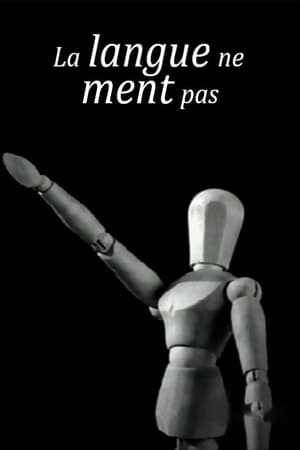 8.0
8.0Language Does Not Lie(fr)
Victor Klemperer (1881-1960), a professor of literature in Dresden, was Jewish; through the efforts of his wife, he survived the war. From 1933 when Hitler came to power to the war's end, he kept a journal paying attention to the Nazis' use of words. This film takes the end of 1945 as its vantage point, with a narrator looking back as if Klemperer reads from his journal. He examines the use of simple words like "folk," "eternal," and "to live." Interspersed are personal photographs, newsreel footage of Reich leaders and of life in Germany then, and a few other narrative devices. Although he's dispassionate, Klemperer's fear and dread resonate
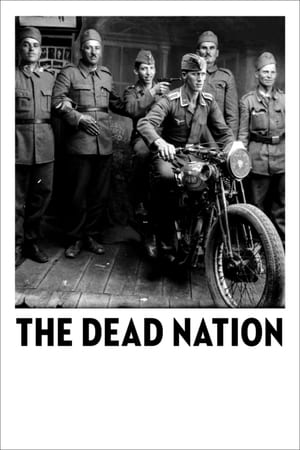 6.5
6.5The Dead Nation(ro)
A documentary-essay which shows Costică Axinte's stunning collection of pictures depicting a Romanian small town in the thirties and forties. The narration, composed mostly from excerpts taken from the diary of a Jewish doctor from the same era, tells the rising of the antisemitism and eventually a harrowing depiction of the Romanian Holocaust.
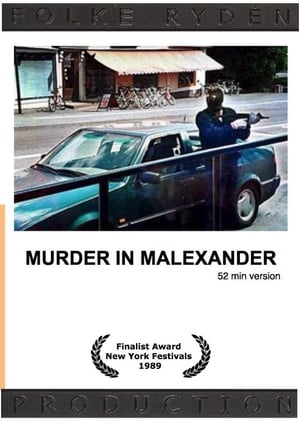 8.0
8.0Murder in Malexander(sv)
Depicts the controversial double police murder, involving neo-nazism and a theatre project by one of Scandinavia's most celebrated playwrights. The film traces a complex and fascinating chain of events leading up to the fatal climax in the picturesque small town of Malexander, Sweden.
Der Judenhetzer – Julius Streicher und "Der Stürmer"(de)
Even high Nazi leaders like Joseph Goebbels and Hermann Göring were almost contemptuous of this party comrad, and yet he was one of the most influential figures in the Third Reich: Julius Streicher, publisher of the anti-Semitic weekly "Der Stürmer", responsible for the worst propaganda and infamous for his corrupt and violent regime as Gauleiter of Franconia. By the Allies he was considered a symbol of Nazi hatred of the Jews. In 1946 he was sentenced to death in Nuremberg and executed.
 7.0
7.0Karajan: Portrait of a Maestro(de)
An account of the life and work of controversial German orchestra conductor Herbert von Karajan (1908-89), celebrated as one of the greatest musicians of the twentieth century.
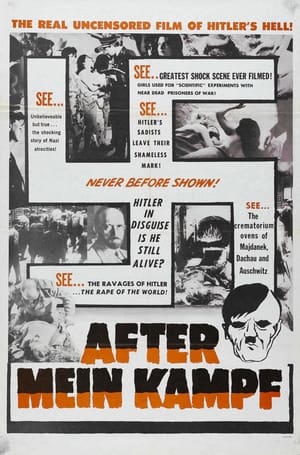 0.0
0.0After Mein Kampf?(en)
By combining actual footage with reenactments, this film offers both a documentary and fictional account of the life of Adolf Hitler, from his childhood in Vienna, through the rise of the Third Reich, to his final act of suicide in the waning days of WWII. The film also provides considerable, and often shocking, detail of the atrocities enacted by the Nazi regime under Hitler's command.
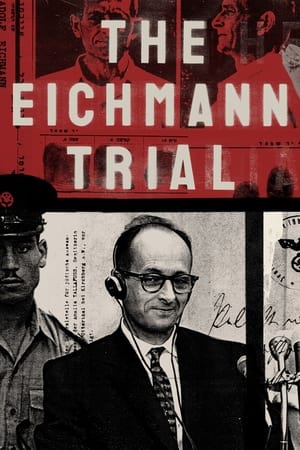 8.0
8.0The Eichmann Trial(en)
In 1961, history was on trial... in a trial that made history. Just 15 years after the end of WWII, the Holocaust had been largely forgotten. That changed with the capture of Adolf Eichmann, a former Nazi officer hiding in Argentina. Through rarely-seen archival footage, The Eichmann Trial documents one of the most shocking trials ever recorded, and the birth of Holocaust awareness and education.
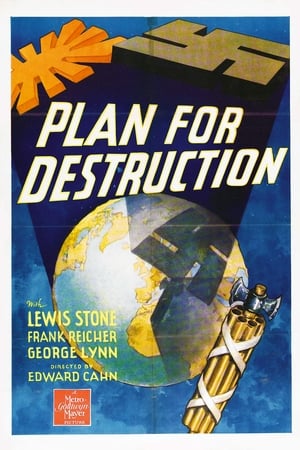 6.0
6.0Plan for Destruction(en)
Plan for Destruction is a 1943 American short propaganda film directed by Edward Cahn. It looks at the Geopolitik ideas of the ex-World War I professor, General Karl Haushofer, who is portrayed as the head of a huge organization for gathering information of strategic value and the mastermind behind Adolf Hitler's wars and plans to enslave the world. The film was nominated for an Academy Award for Best Documentary Short.
 5.0
5.0Research and Crime: the Reich University of Strasbourg(de)
Strasbourg was home to one of three Reich Universities founded by the Nazis, known as a project close to Hitler's heart. The university, founded in 1941, is infamous for the human experiments performed on KZ prisoners by the professors of the medical faculty. What did its dean, Johannes Stein, grandfather of documentarian Kirsten Esch, know of these crimes?

